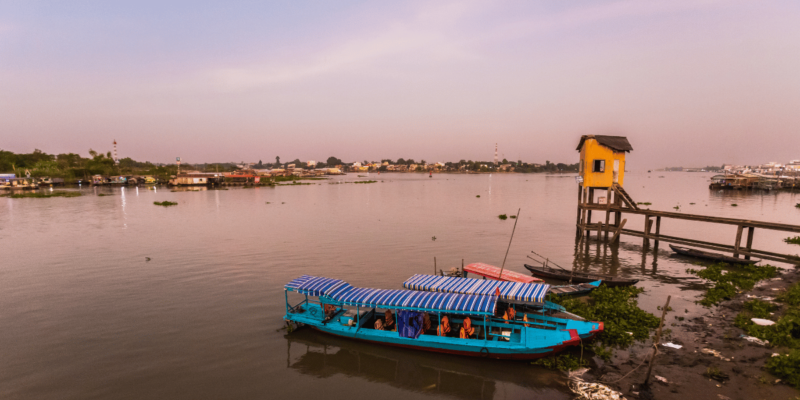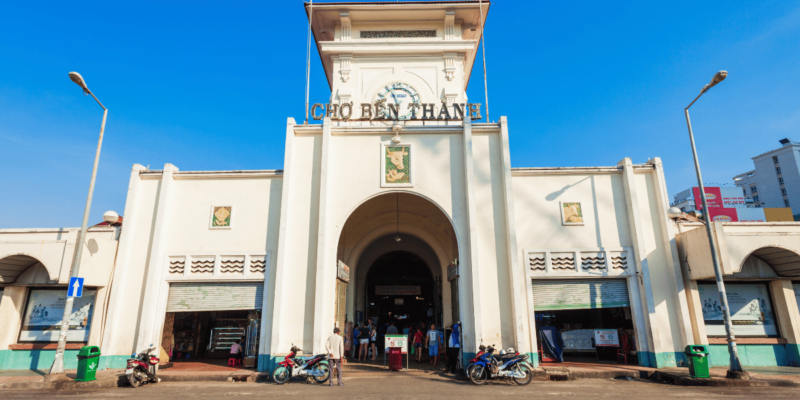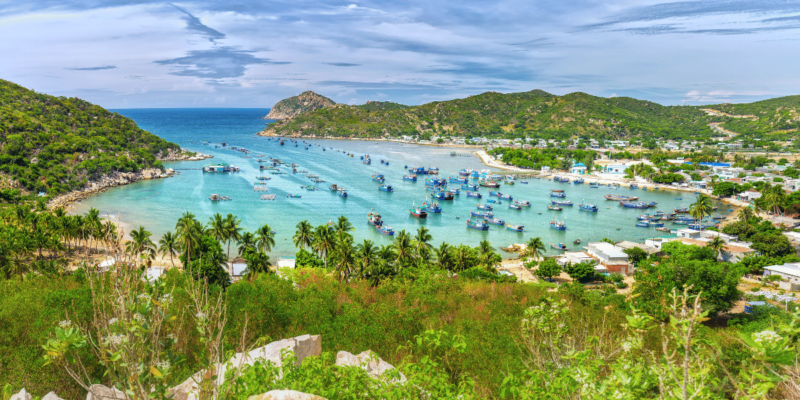Globalization and Vietnam’s WTO Integration: Navigating Challenges and Embracing Opportunities
Historical Shift and Economic Resurgence: In the mid-1980s, Vietnam embarked on a transformative journey with the introduction of “Doi Moi,” a series of economic reforms aimed at transitioning from a centrally-planned economy to a market-oriented one. This shift was further tested by the dissolution of the Soviet Union in 1991, which abruptly ended the substantial aid and trade benefits Vietnam had previously enjoyed. Rather than retracting into isolation, Vietnam responded with an aggressive strategy to diversify its economic partnerships and integrate more deeply into the global economy.
Expansive Economic Growth: By the mid-1990s, the results of these efforts were palpable. Vietnam had not only overcome its dependence on imported food but had also emerged as a major exporter, particularly of rice and coffee. The country’s reinvigorated coffee industry, bolstered by significant investments in the 1990s, catapulted Vietnam to the forefront of Robusta production and posed a serious challenge to Brazil’s dominance in the Arabica sector. Concurrently, Vietnam witnessed substantial advancements in both its industrial sectors and infrastructure, further supported by a burgeoning tourism industry that significantly contributed to the national GDP.
Profound Reduction in Poverty: One of the most laudable outcomes of Vietnam’s economic reforms has been the dramatic reduction in poverty. The rigorous implementation of targeted poverty alleviation strategies drastically reduced the rate of absolute poverty from over 50% before the initiation of Doi Moi to below 15% by the mid-2000s. This shift not only improved the quality of life for millions but also stabilized the socio-economic landscape of the country.
Integration into Global Markets: The early 1990s marked a pivotal turn in Vietnam’s foreign relations, particularly with its rapprochement with the United States in 1993. This thawing of relations paved the way for Vietnam to access international financial markets and support from global financial institutions like the World Bank, the IMF, and the Asian Development Bank. Subsequently, Vietnam expanded its trade relationships across the globe, achieving ‘Favored Nation’ status with the U.S., and began its campaign to join the World Trade Organization, a testament to its commitment to global economic integration.
Adapting to Economic Structural Changes: The transition to a market-driven economy brought with it significant challenges. The restructuring of the economy led to job displacement, the withdrawal of subsidies exposed the population to market volatilities, and the growing disparity in wealth exacerbated social tensions. Moreover, Vietnam faced new social challenges, including increases in illicit drug use, HIV/AIDS prevalence, and organized crime, which put additional pressure on national resources.
Cultural and Social Resilience: Despite these challenges, Vietnam’s cultural fabric remained robust against the tidal wave of globalization. The country’s conservative values, steeped in Confucian traditions, have acted as a bulwark against the unchecked spread of Western consumerism. This cultural resilience is evident in the limited presence of Western fast-food chains and the preference among Vietnamese youth for traditional music over Western pop.
Looking Ahead: As Vietnam continues on its path of global integration, it does so with a strategic approach that seeks to maximize economic benefits while safeguarding its cultural heritage. The government’s efforts to bolster environmental conservation, protect endangered species, and promote sustainable tourism are reflective of a broader commitment to responsible growth. The ongoing challenge for Vietnam will be to manage the forces of globalization while preserving the social and cultural dynamics that make it uniquely Vietnamese.




















































